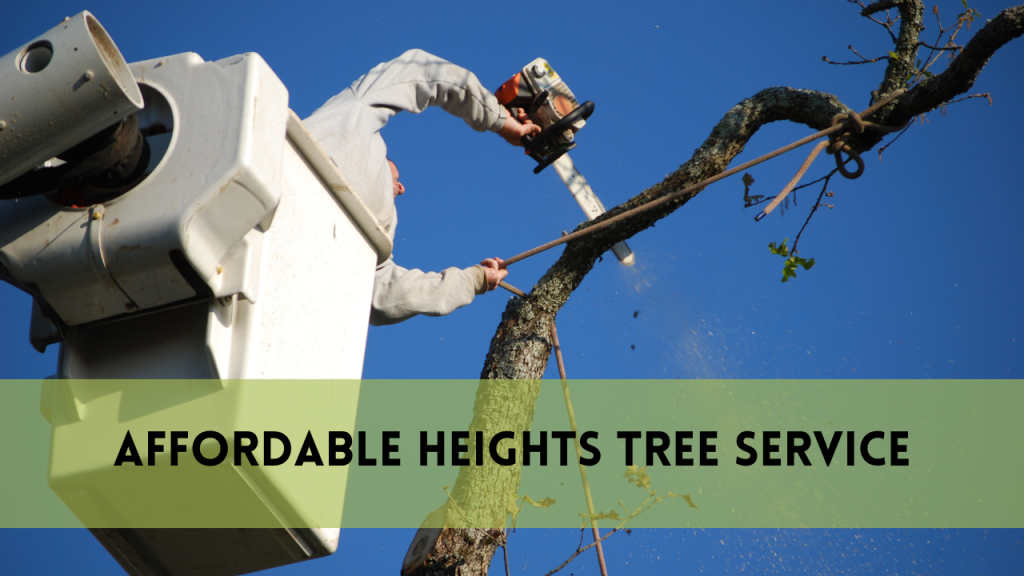Cheapest time of year for tree removal
Tree removal is a huge endeavor that frequently comes at a high cost. It’s not only about preserving the aesthetics of their environment for property owners and managers; it’s also about safety and utility. To ensure that tree removal is as cost-effective as possible, it is critical to understand the elements that determine the cost and the best times of year to perform this service.
Reasons for Removing Trees from Your Property
There are several compelling reasons for considering the removal of trees from your property, each of which may be based on specific circumstances and objectives.
First and foremost, safety concerns often prompt tree removal. Trees that have become diseased, infested with pests, or weakened by storms can pose significant risks to your property and its occupants. Such trees are susceptible to falling, potentially causing damage to buildings, vehicles, or even injury to people.
Another common reason for tree removal is the need for space and sunlight. As properties evolve and expand, older trees may obstruct the development of new structures or limit the amount of natural light that reaches your home or garden. In such cases, removing trees becomes a practical solution to facilitate construction and enhance the overall aesthetics of your property.
Additionally, tree removal may be necessary to maintain the health and vitality of other trees on your property. Overcrowding or the presence of diseased trees can negatively affect the well-being of neighboring trees, making their removal a proactive measure to preserve the overall tree population.
Lastly, some property owners choose to remove trees for landscaping and aesthetic reasons. This includes creating a more open and visually appealing environment, reshaping the landscape, or eliminating trees that no longer fit the desired aesthetic.
Factors Influencing Tree Removal Costs
Before we get into the optimum periods for low-cost tree removal, let’s look at the aspects that might have a big impact on the price:
Tree size and type: The size and kind of tree have a significant influence on the complexity of the removal. Larger trees, especially ones with dense wood or intricate designs, need more labor, time, and equipment.
Location: closeness of the tree to structures, electrical lines, and other barriers might increase the intricacy of the work. The more difficult the site, the greater the expense.
Tree Health: The health of the tree is important in determining the cost. Removing a sick or dead tree can be more dangerous, necessitating more measures and perhaps raising the cost.
Accessibility: Easy access to the tree removal site is critical for a seamless operation. Difficult-to-reach regions may demand specialist equipment and significant expenditures.
Time of Year: The season in which you choose to remove a tree can have a big impact on the entire cost, and this is the topic of our discussion.
The Cheapest Time of Year
The most cost-effective period for tree removal is often late autumn and winter, with each season providing distinct benefits:
The winter season (December to February)
Winter is often regarded as the most cost-effective season for tree removal for numerous convincing reasons:
Reduced Demand: There is often less demand for tree removal services during the winter months. Many property owners postpone these tasks until spring or summer, resulting in lower demand. Lower demand frequently leads to more competitive pricing and increased availability of skilled tree removal services.
Tree Dormancy: Deciduous trees are normally dormant throughout the winter, which means they have shed their leaves and are lighter. This can make tree removal easier, faster, and less expensive.
Clearer Worksite: With the leaves gone and no vegetation on the trees, tree removal specialists can analyze the tree’s condition and select the best technique for removal. This increased clarity can help speed up the process and perhaps cut costs.
Faster cleanup: Snow on the ground during the winter might make cleanup more efficient. Workers can transport waste more readily without hurting lawns or landscapes, guaranteeing a quick and cost-effective cleanup procedure.
Autumn (late October to November)
Late fall is also a good season for cost-effective tree removal because of the following advantages:
Mild Weather: The weather in late fall is frequently more pleasant than it is in the middle of winter. This makes the tree removal operation more comfortable for the workers.
Advance Scheduling: Booking tree removal services in late fall might result in lower pricing compared to high season months, as many property owners are still unsure about this service.
Preventing Winter Storm Damage: Removing potentially dangerous trees in late fall might save them from causing damage during winter storms, perhaps saving you money later.
Related Posts:
Spring and Summer Considerations
In contrast, spring and summer are considered peak seasons for tree removal due to increasing demand. During this time, tree removal charges may be higher, and it may be more difficult to arrange services on short notice. However, if a tree presents an imminent risk or is interfering with your property, you must handle the matter immediately to avoid further damage and further costs.
Conclusion
Finally, the most cost-effective season for tree removal is often late autumn and winter. Reduced demand, affordable pricing, and favorable working conditions make these seasons excellent for cost-conscious property owners. However, safety should never be sacrificed, and if a tree poses a concern, prompt treatment is required, regardless of the season. Proper planning and booking of tree removal services during the cost effective season can help you maintain the health and beauty of your property without straining your budget.



